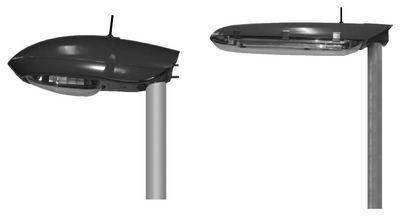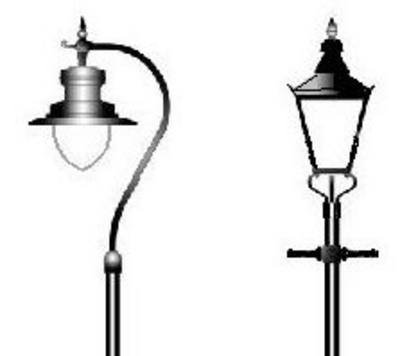New street lighting gets closer

Progress on the installation of Surrey's new street lights is so far ahead of schedule that work is now expected to start in Epsom & Ewell this week, well ahead of the originally expected timing of 2012 to 2013.
The programme for replacement of 70,000 street lights plus the refurbishment of the remaining 19,000 was originally expected to take 5 years. Although the first experimental installation was in our borough, in Horton Lane in fact, when the contract started the first 6 months were devoted to repairing or replacing defective street lights. Installation of new lights started in Reigate & Banstead, Guildford and Spelthorne and further work was not due in Epsom & Ewell until towards the end of the programme.
Although the initial work of dealing with defective lights was a big improvement on what had gone before, more recently backlogs have built up again. It seems that the contractor decided it would be more cost-effective to speed up the replacement programme instead.
As the programme rolls out, residents in each street get a standard letter from Skanska 4 weeks before work is due to start in their road. The latest version of their published schedule shows work starting in the Cuddington area of the borough next week.
The new street lights are easily recognised as each new lamp sports a short di-pole arial on top. Like ET, when the new lamps need a new bulb or develop a fault, they will automatically 'phone home' to report this to a central control room in Guildford. This will mean that repairs will be much quicker. Also under the new contract, Skanska are able to repair supply cables and make connections to the grid, without having to wait for EDF, which sometimes used to take months.

Other benefits of the new contract include modern bright white lights instead of orange, reduced light pollution, reduced energy costs and 'carbon footprint', lights that come on automatically at dusk and go off at dawn, rather than at arbitrary times and possible
dimming of lights in appropriate areas in the middle of the night.
Generally just two standard types of lamp will be used everywhere, thus saving money by not needing to stock numerous types of bulbs and other spare parts. The height of the columns will vary depending on the type of road. However in conservation areas a selection of traditional styles will be available, some of which cost more initially. Epsom & Ewell Borough Council will be responsible for deciding where to use these and which styles to adopt.
All of these benefits arise from a PFI contract that will also save council tax payers money. The new PFI Contract had been under discussion for several years. The Liberal Democrat representatives on the Transportation select committee pressed for it to go ahead, because it had so many obvious advantages for local residents, but the majority Conservative group kept getting "cold feet" and delaying it because they were nervous about the high investment costs in this Private Finance Initiative deal.
